Home>Articles>How Often Should I Change My Pillowcase For Acne?
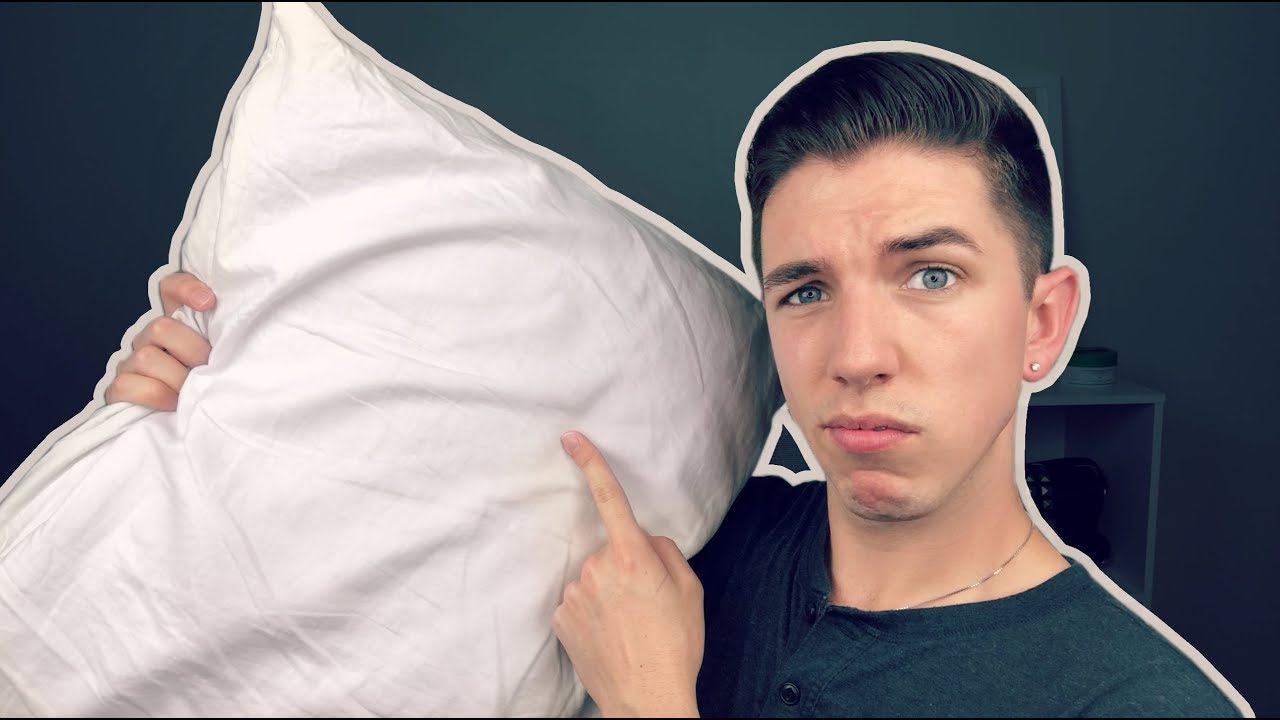

Articles
How Often Should I Change My Pillowcase For Acne?
Modified: January 5, 2024
Discover articles and advice on how often you should change your pillowcase for acne prevention. Keep your skin fresh and clear with our helpful tips.
(Many of the links in this article redirect to a specific reviewed product. Your purchase of these products through affiliate links helps to generate commission for Storables.com, at no extra cost. Learn more)
Introduction
Welcome to the ultimate guide on how often you should change your pillowcase for acne! If you struggle with acne, you probably understand the importance of maintaining proper skincare habits. While you might diligently cleanse and treat your face, have you ever considered the impact your pillowcase can have on your skin?
Believe it or not, your pillowcase plays a significant role in acne formation and can either help or hinder your skincare efforts. In this article, we will dive into the reasons why changing your pillowcase regularly is crucial for managing acne breakouts.
Before we explore the ideal frequency for changing pillowcases, it’s essential to understand how pillowcases can contribute to acne. Throughout the day, our faces accumulate dirt, oil, sweat, and dead skin cells. When we lay our heads on our pillowcase night after night, all of these substances transfer onto the fabric.
This accumulation can create a breeding ground for bacteria growth, which can lead to clogged pores and breakouts. Additionally, unwashed pillowcases can accumulate dust mites and allergens, which can further irritate the skin and exacerbate acne flare-ups.
Let’s delve into some of the factors to consider when determining how often you should change your pillowcase for acne:
Key Takeaways:
- Regularly changing pillowcases, especially for oily or acne-prone skin, can minimize bacteria buildup, reduce skin irritation, and promote healthier skin by preventing acne breakouts.
- Factors such as skin type, severity of acne, and environmental conditions should be considered when determining how often to change pillowcases for acne management. Prioritizing proper pillowcase hygiene is crucial for clearer, healthier skin.
Read more: How Often Should I Change My Silk Pillowcase
Understanding the Role of Pillowcases in Acne
When it comes to managing acne, most people focus on skincare products and routines. However, your pillowcase can have a significant impact on the health of your skin. Here are a few reasons why:
- Oil and dirt buildup: Throughout the day, our skin produces oil, which can mix with dirt, sweat, and dead skin cells. When you lay your face on your pillowcase, these substances can transfer onto the fabric, creating a breeding ground for bacteria.
- Bacteria growth: Pillowcases that are not regularly washed can harbor bacteria, including the acne-causing Propionibacterium acnes. When you rest your face on a dirty pillowcase night after night, you’re exposing your skin to these bacteria, increasing the risk of breakouts.
- Friction and irritation: Rough or abrasive pillowcases can cause friction, leading to skin irritation and inflammation. This can worsen existing acne lesions and prevent the skin from healing properly.
- Allergens and irritants: If you suffer from allergies or sensitive skin, a dirty pillowcase can accumulate allergens and irritants like pollen, dust mites, and pet dander. These substances can trigger skin inflammation, making acne worse.
By understanding how pillowcases contribute to acne, you can take proactive steps to minimize their impact and improve your skin condition.
Now that we’ve established the role of pillowcases in acne formation, let’s explore the factors you should consider when determining how often to change your pillowcase.
Factors to Consider When Determining How Often to Change Your Pillowcase for Acne
When it comes to determining how often you should change your pillowcase for acne, several factors come into play. While there is no one-size-fits-all answer, here are some key considerations:
- Skin type: Your skin type can influence how quickly it becomes oily or prone to breakouts. If you have oily or acne-prone skin, you may need to change your pillowcase more frequently compared to those with dry or normal skin.
- Severity of acne: If you have mild to moderate acne, changing your pillowcase once a week may suffice. However, if you have severe acne or persistent breakouts, you may want to consider changing it more frequently, even as often as every other night.
- Use of skincare products: If you use acne-fighting skincare products that contain benzoyl peroxide or salicylic acid, these ingredients can transfer onto your pillowcase. Changing it more frequently can prevent the build-up of these ingredients, which may cause irritation or dryness if left in contact with the skin for too long.
- Sleeping habits: Consider how you sleep – if you tend to sleep on your side or stomach, your face is in close contact with the pillowcase for an extended period. This increases the likelihood of transferring oils, dirt, and bacteria onto the fabric, necessitating more frequent changes.
- Environmental factors: Consider the environmental conditions you live in. Hot and humid climates can lead to increased sweating and oil production, warranting more frequent pillowcase changes.
Ultimately, you should assess your individual circumstances and listen to your skin. If you notice an increase in breakouts or skin irritation, it may be a sign that you need to change your pillowcase more often.
Now that we have considered the factors affecting the frequency of pillowcase changes, let’s discuss recommendations based on different skin types.
Frequency Recommendations Based on Skin Type
When it comes to changing your pillowcase for acne management, the recommended frequency can vary based on your skin type. Here are some general guidelines:
- Oily or acne-prone skin: If you have oily or acne-prone skin, it is advisable to change your pillowcase at least twice a week. Oil and dirt buildup can be more pronounced in these skin types, leading to increased bacteria growth and clogged pores. By changing your pillowcase regularly, you can minimize the transfer of these substances onto your skin.
- Dry or normal skin: If you have dry or normal skin that is not particularly prone to breakouts, changing your pillowcase once a week should be sufficient. However, if you notice any skin irritation or an increase in acne, consider increasing the frequency to every few days.
- Sensitive skin: If you have sensitive skin that is easily irritated, it is crucial to change your pillowcase regularly to prevent the accumulation of allergens and irritants. Aim for at least once a week, or more frequently if you live in a dusty environment or have allergies.
Remember, these are general recommendations and may need to be adjusted based on individual factors, such as the severity of your acne or environmental conditions. It’s always a good idea to monitor your skin’s response and make adjustments as needed.
Now that we have discussed frequency recommendations based on skin type, let’s talk about the importance of maintaining proper pillowcase hygiene.
It is recommended to change your pillowcase at least once a week to prevent the buildup of oils, dirt, and bacteria that can contribute to acne breakouts. If you have particularly oily or acne-prone skin, consider changing it every 2-3 days.
Importance of Proper Pillowcase Hygiene
Maintaining proper pillowcase hygiene is crucial for managing acne and promoting overall skin health. Here are some key reasons why it’s essential to prioritize cleanliness:
- Preventing bacteria buildup: Pillowcases can accumulate dirt, oils, sweat, and dead skin cells. Without regular washing, these substances create an ideal environment for bacteria to thrive. By changing and laundering your pillowcase regularly, you minimize the risk of bacterial overgrowth, which can contribute to acne breakouts.
- Reducing skin irritation: Dirty pillowcases can contain allergens and irritants like dust mites, pollen, and pet dander. These allergens can cause skin irritation and inflammation, exacerbating acne symptoms. By washing your pillowcases frequently, you eliminate these potential triggers and promote a healthier complexion.
- Enhancing product efficacy: If you use skincare products like acne medications or moisturizers, a dirty pillowcase can hinder their effectiveness. Product residue left on the fabric can mix with oil and dirt, creating a barrier that prevents proper absorption. By maintaining clean pillowcases, you ensure that your skincare products can penetrate the skin more effectively.
- Improving overall skin health: Clean pillowcases contribute to overall skin health by reducing the risk of infections, promoting proper healing of existing acne lesions, and preventing the spread of acne-causing bacteria. By prioritizing pillowcase hygiene, you’re taking an important step towards clearer, healthier skin.
It’s important to note that maintaining proper pillowcase hygiene is not only beneficial for acne-prone individuals but for everyone. Clean pillowcases can also prevent other skin issues like blemishes, rashes, and allergies, ensuring optimal skin health.
Now that we understand the importance of maintaining clean pillowcases, let’s explore some tips for effectively keeping them fresh and hygienic.
Read more: How Often Should You Change Your Pillowcase?
Tips for Maintaining Clean Pillowcases
Keeping your pillowcases clean is essential for managing acne and promoting healthy skin. Here are some practical tips to help you maintain fresh and hygienic pillowcases:
- Change your pillowcase regularly: As a general rule, aim to change your pillowcase at least once a week. However, if you have acne-prone or oily skin, consider changing it every 2-3 days. This helps minimize the accumulation of dirt, oils, and bacteria that can contribute to breakouts.
- Use gentle, fragrance-free detergents: Opt for mild, fragrance-free detergents when washing your pillowcases. Harsh chemicals and fragrances can irritate the skin, especially if you have sensitive or acne-prone skin.
- Wash pillowcases separately: To avoid cross-contamination, wash your pillowcases separately from other laundry items. This prevents the transfer of dirt, oils, or residues from other fabrics onto your clean pillowcases.
- Choose cool or warm water: Use cool or warm water when washing your pillowcases. Hot water can break down the fibers and cause shrinkage, reducing the lifespan of your pillowcases.
- Consider hypoallergenic pillowcases: If you have allergies or sensitive skin, consider using hypoallergenic pillowcases. These are specially designed to minimize the accumulation of allergens and irritants, reducing the risk of skin reactions.
- Rotate pillowcases: Owning multiple pillowcases allows you to rotate them throughout the week. This spreads out the usage and gives each pillowcase time to air out between washings, keeping them fresher for longer.
- Avoid touching your face: To minimize the transfer of oil, dirt, and bacteria onto your pillowcase, avoid touching your face throughout the day. This can help keep your pillowcase cleaner and reduce the risk of breakouts.
By following these tips, you can maintain clean and hygienic pillowcases that promote healthier skin and reduce the likelihood of acne breakouts.
Now that you’re armed with the knowledge of proper pillowcase hygiene, it’s time to put it into practice and enjoy the benefits of clearer, healthier skin!
Conclusion
Taking care of your pillowcase hygiene is an important aspect of managing acne and promoting healthy skin. Regularly changing and laundering your pillowcase can help prevent bacteria buildup, reduce skin irritation, enhance the effectiveness of skincare products, and improve overall skin health.
When determining how often to change your pillowcase for acne, consider factors such as your skin type, the severity of your acne, use of skincare products, sleeping habits, and environmental conditions. Adjust the frequency accordingly to meet the needs of your skin.
Remember to prioritize proper pillowcase hygiene by following these tips: change your pillowcase regularly, opt for gentle and fragrance-free detergents, wash pillowcases separately, use cool or warm water, consider hypoallergenic options, rotate your pillowcases, and avoid touching your face.
By implementing these practices, you can maintain clean and hygienic pillowcases that contribute to clearer, healthier skin. Remember, everyone’s skin is unique, so it’s important to listen to your skin and make adjustments as needed.
So, the next time you think about your acne-fighting routine, don’t forget to include your pillowcase in the equation. By giving it the attention it deserves, you’ll be one step closer to achieving the skin you’ve always desired!
Frequently Asked Questions about How Often Should I Change My Pillowcase For Acne?
Was this page helpful?
At Storables.com, we guarantee accurate and reliable information. Our content, validated by Expert Board Contributors, is crafted following stringent Editorial Policies. We're committed to providing you with well-researched, expert-backed insights for all your informational needs.
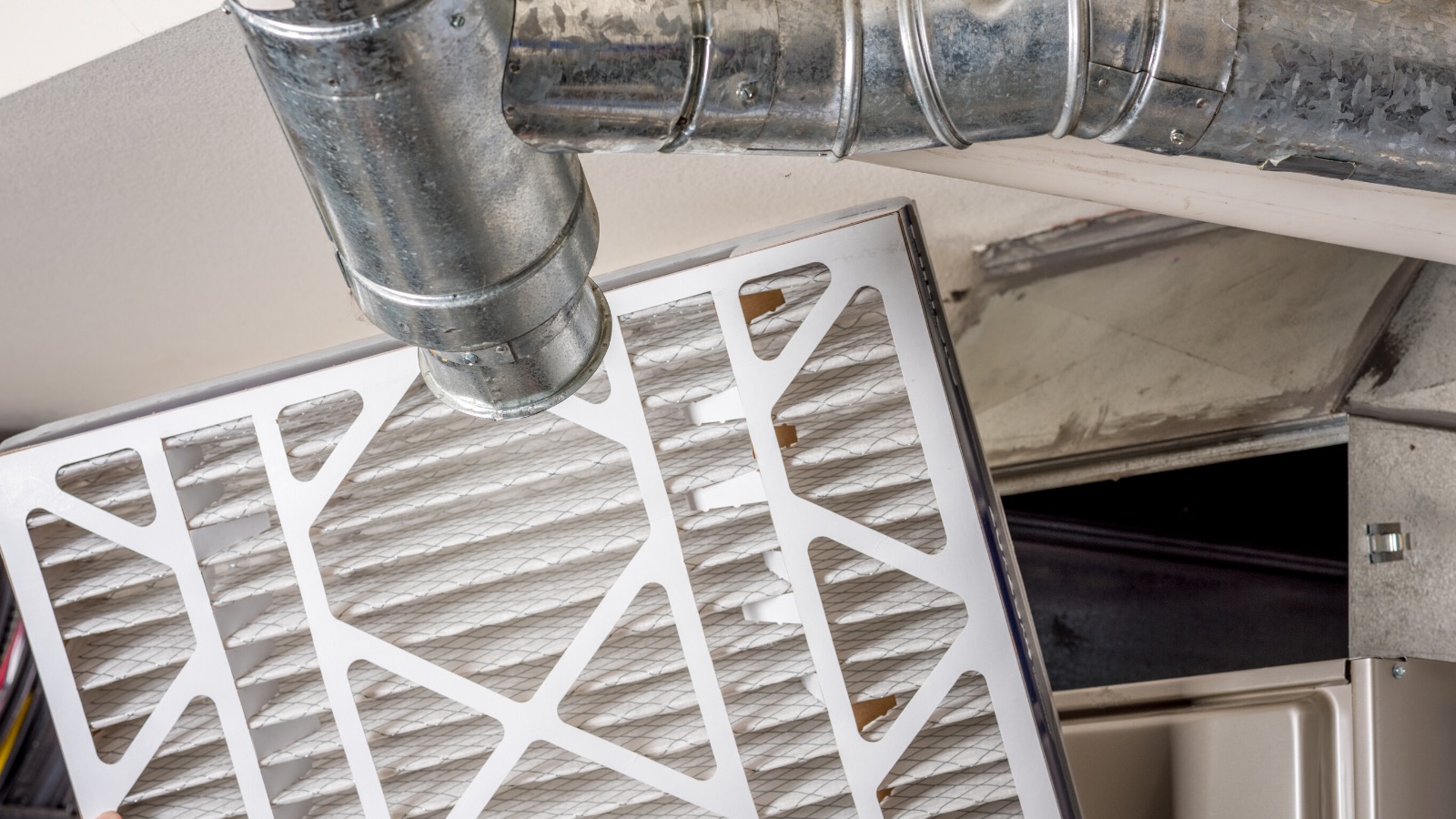
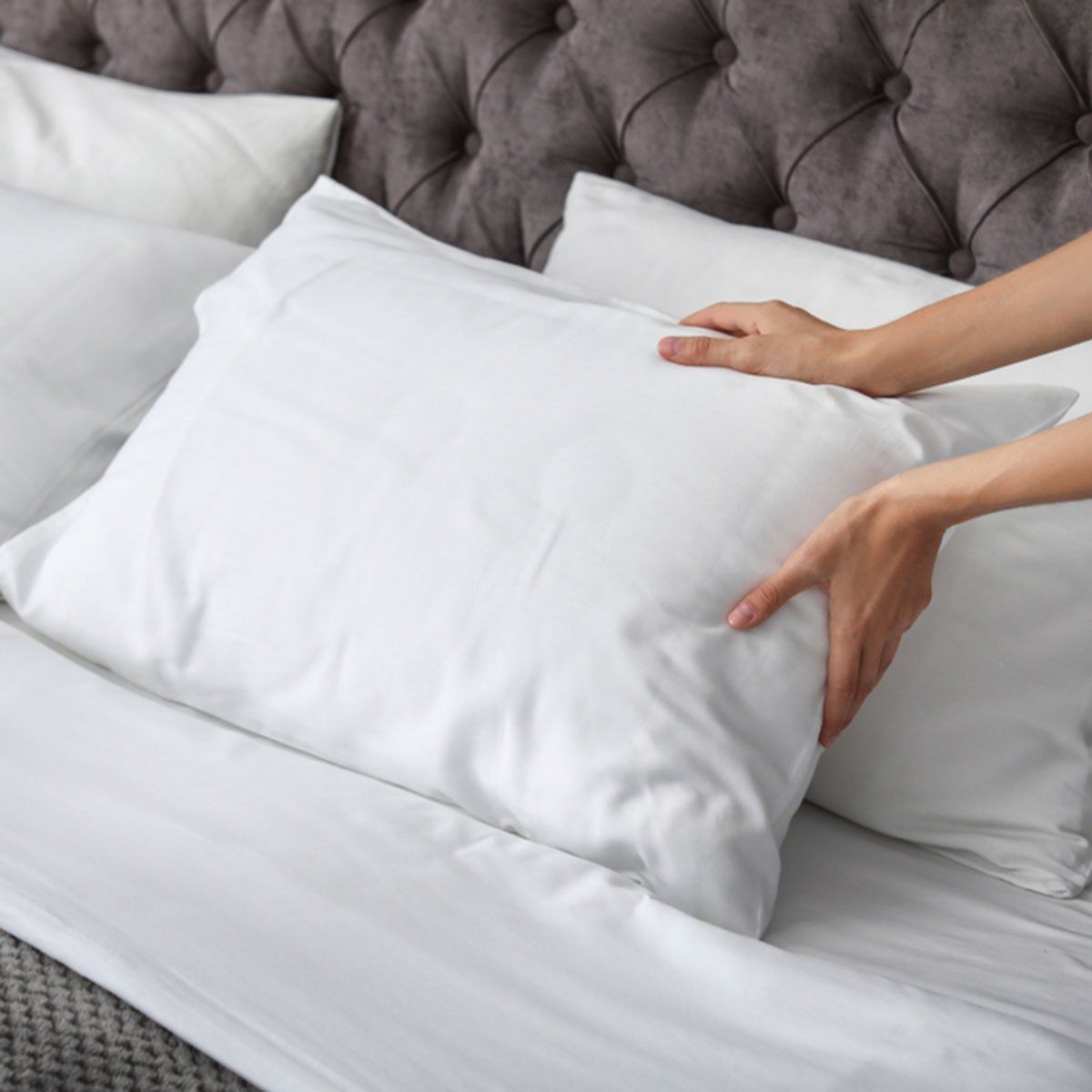
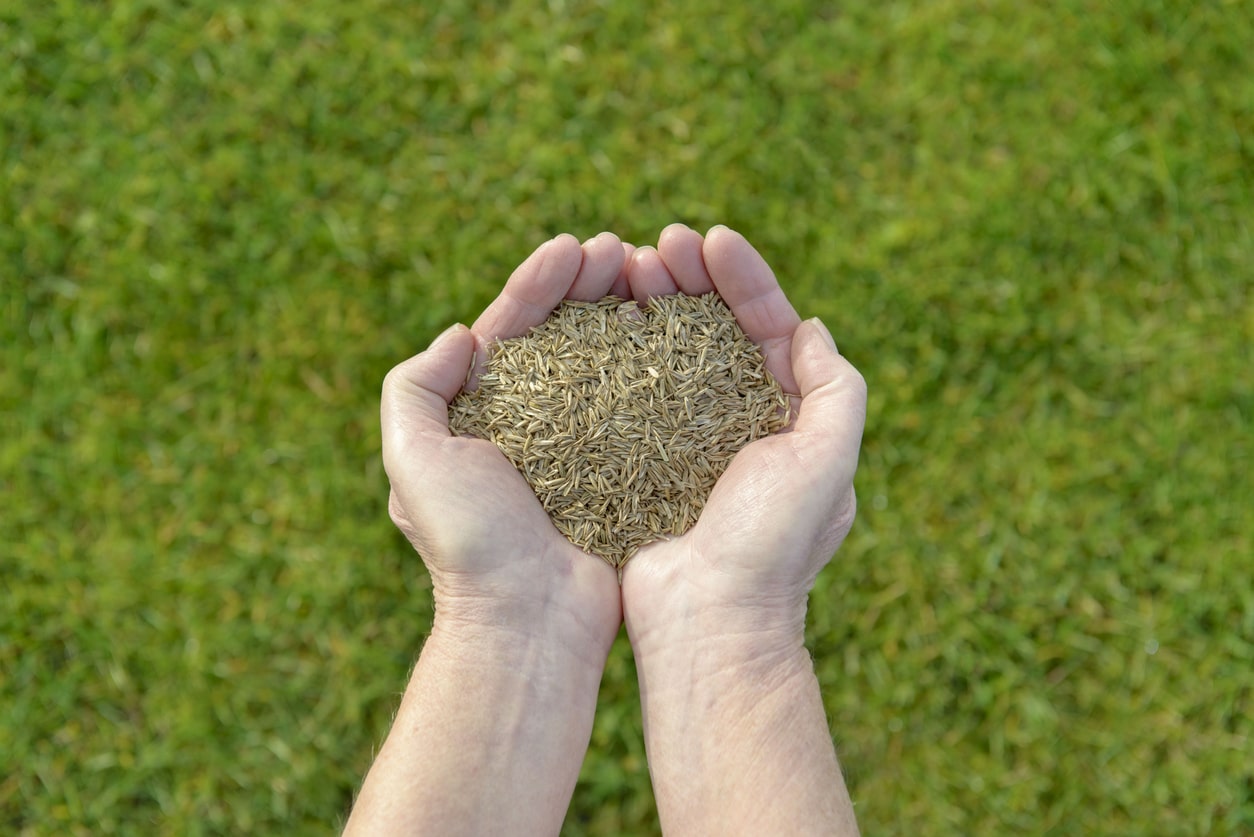

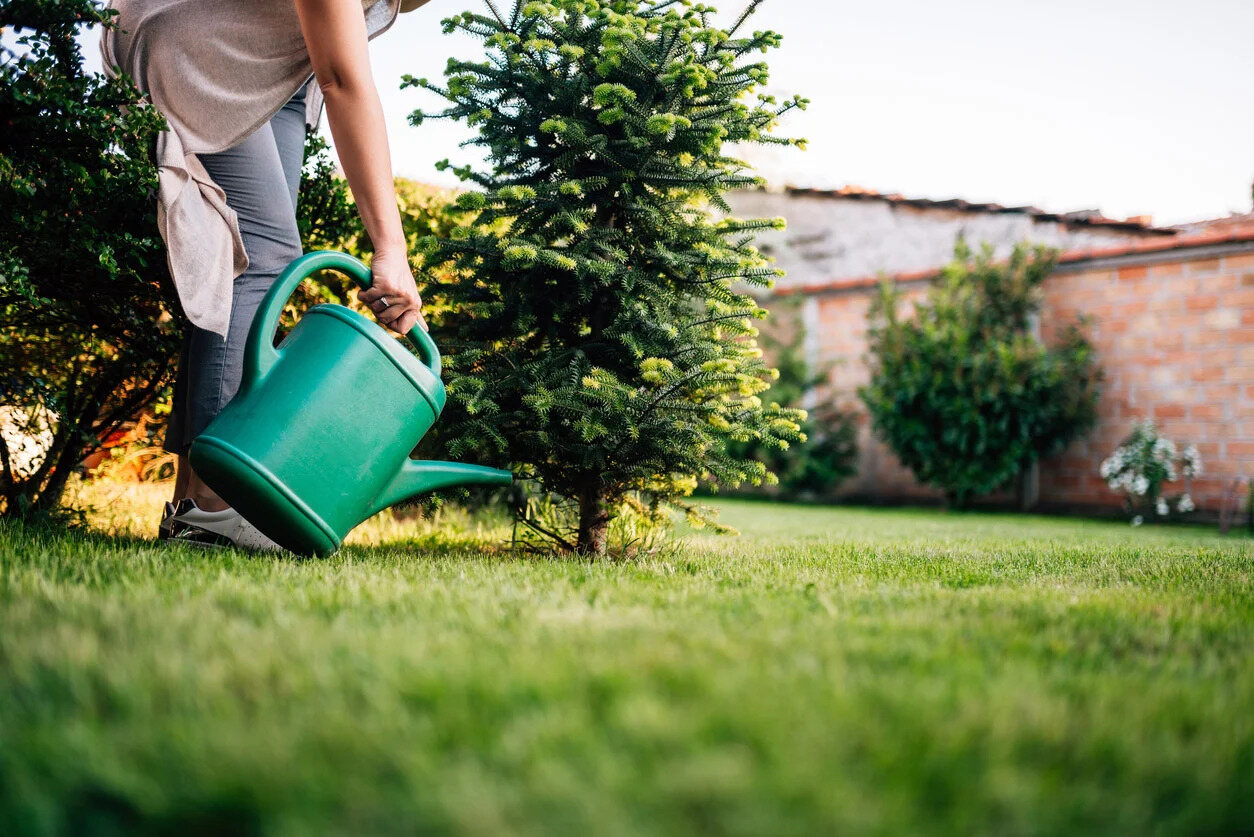
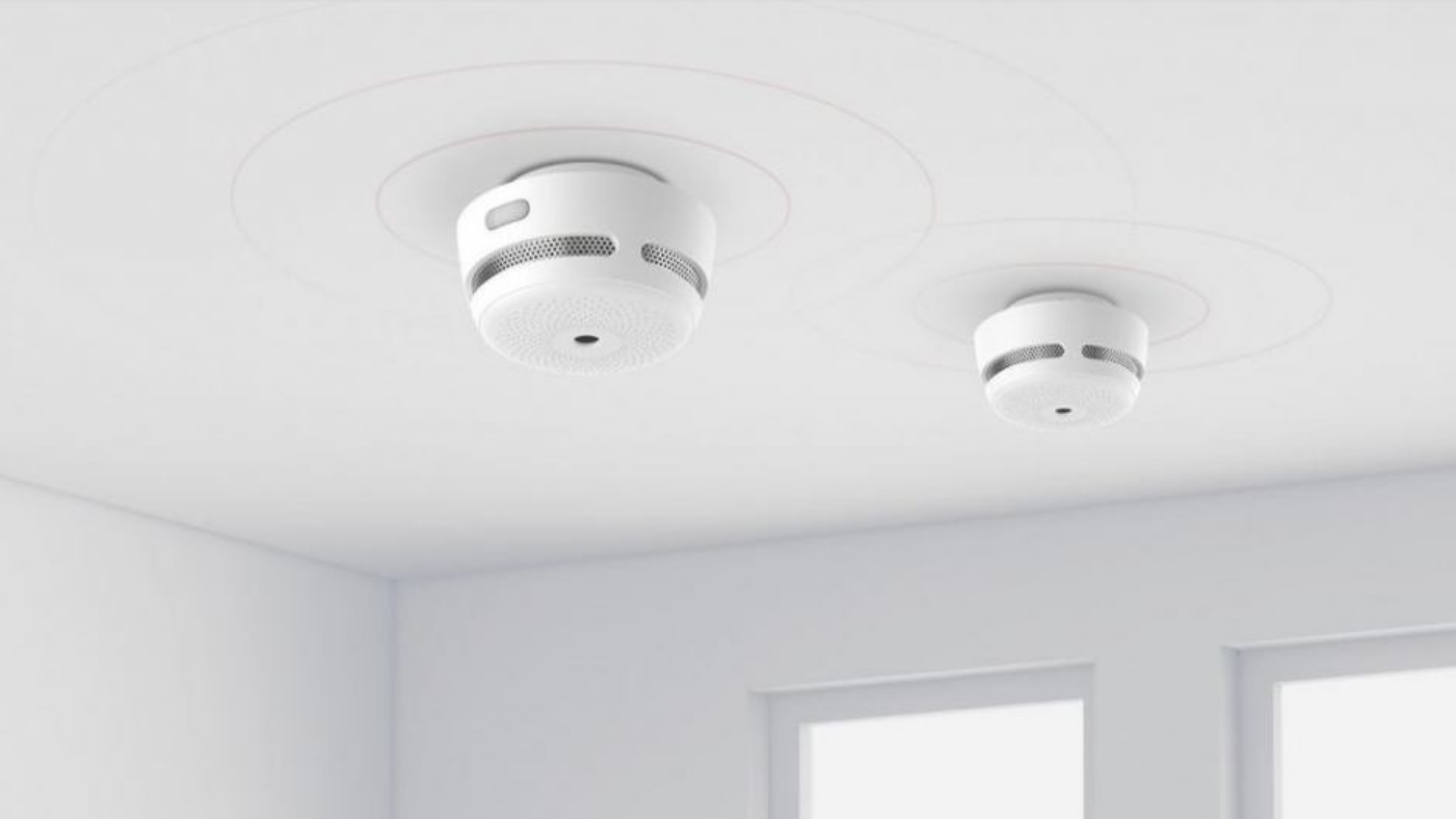
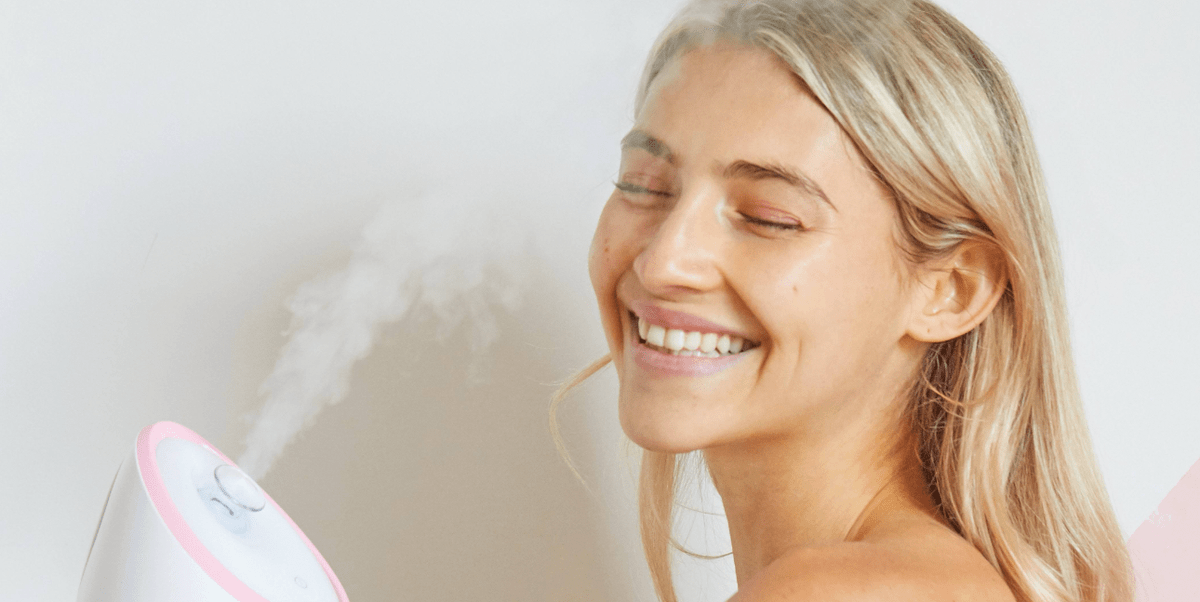
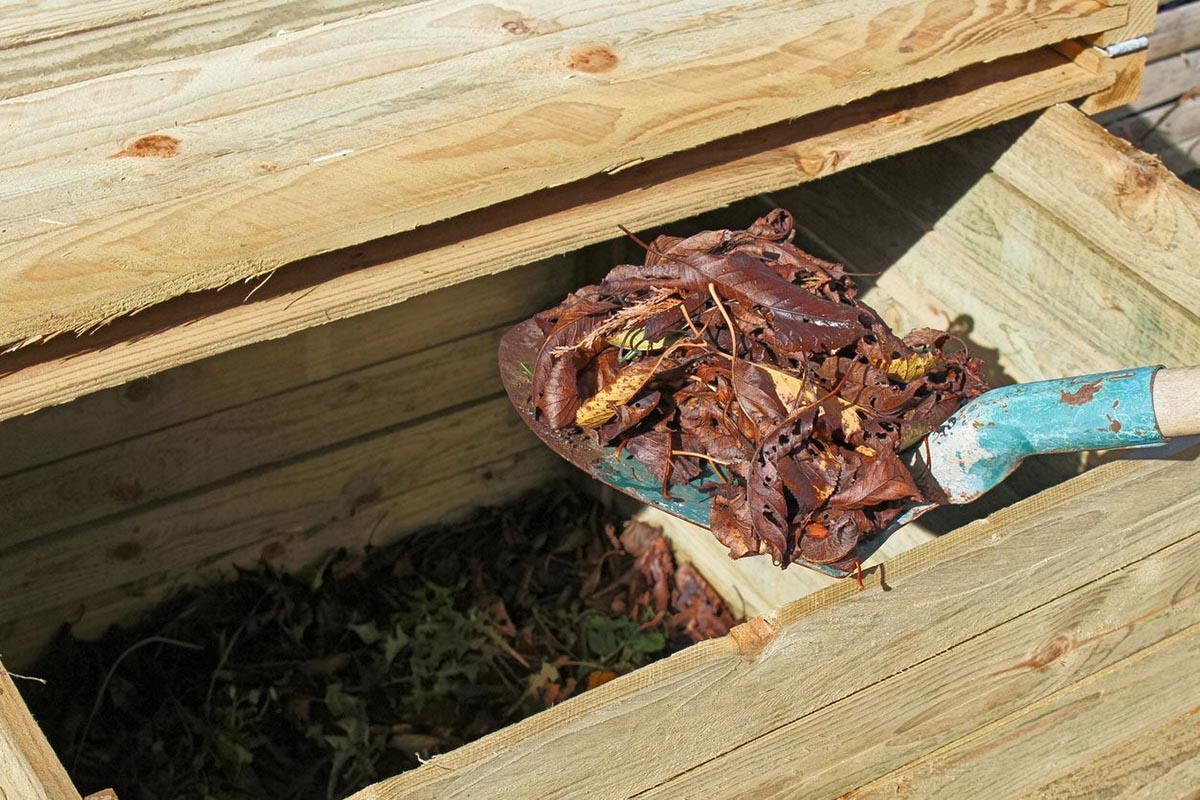
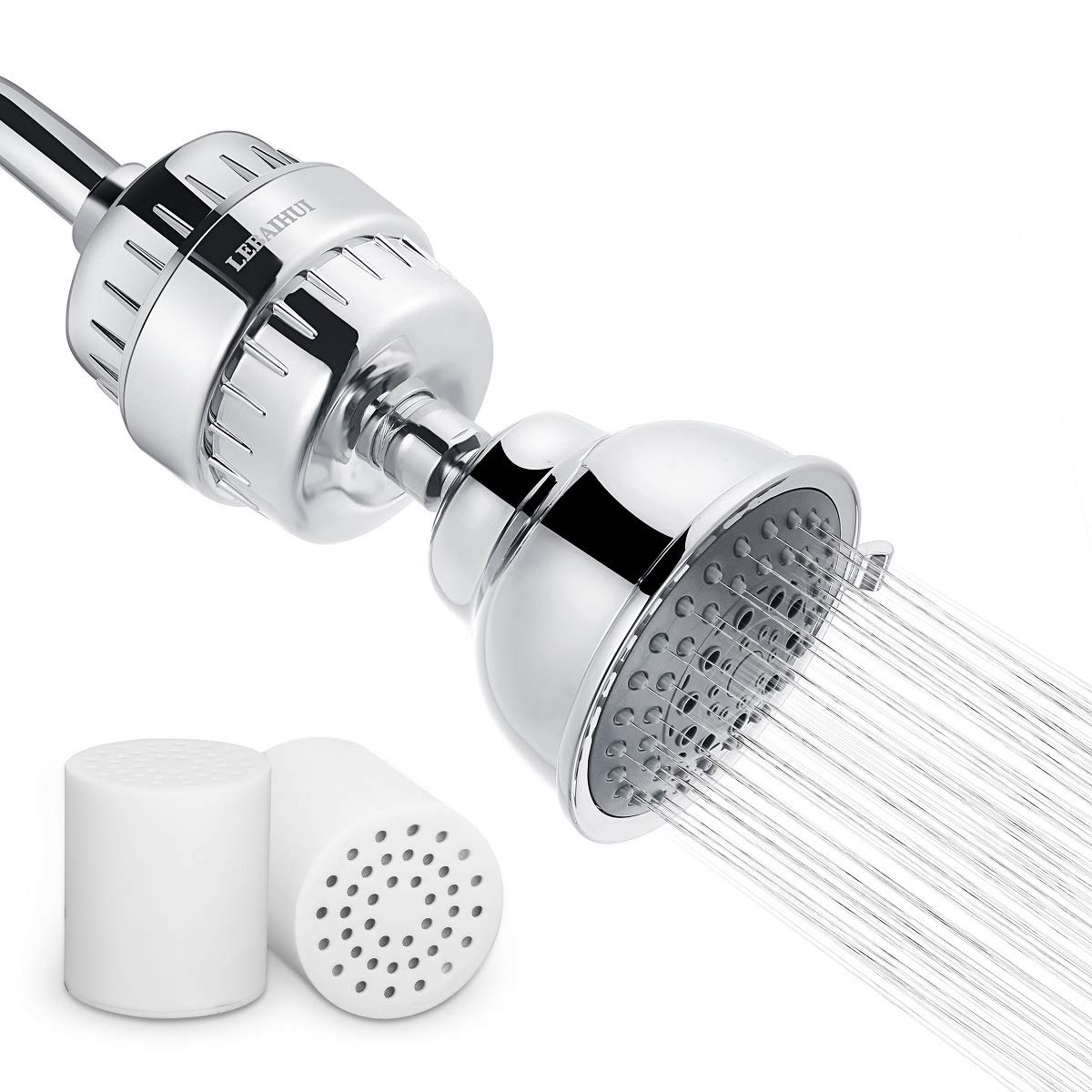
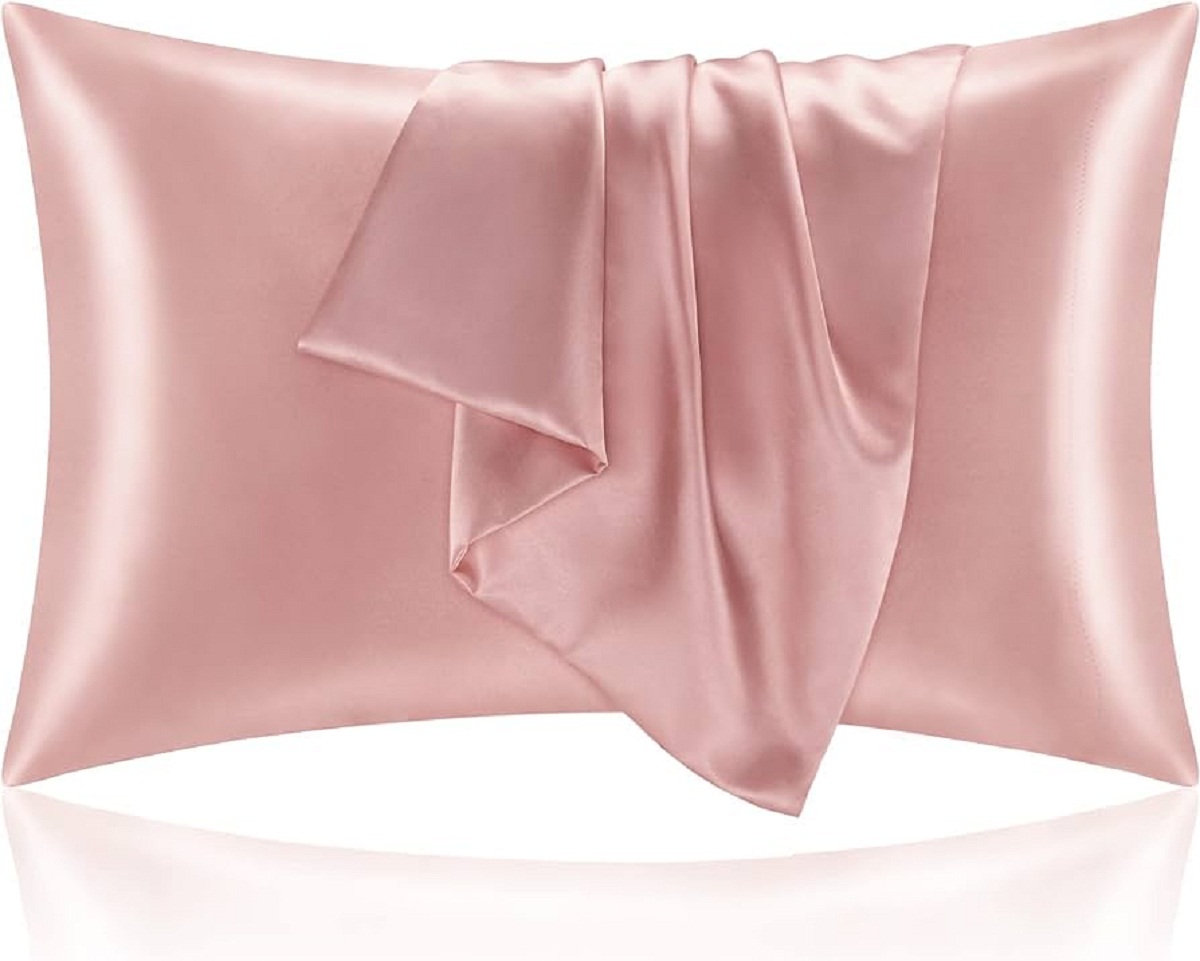
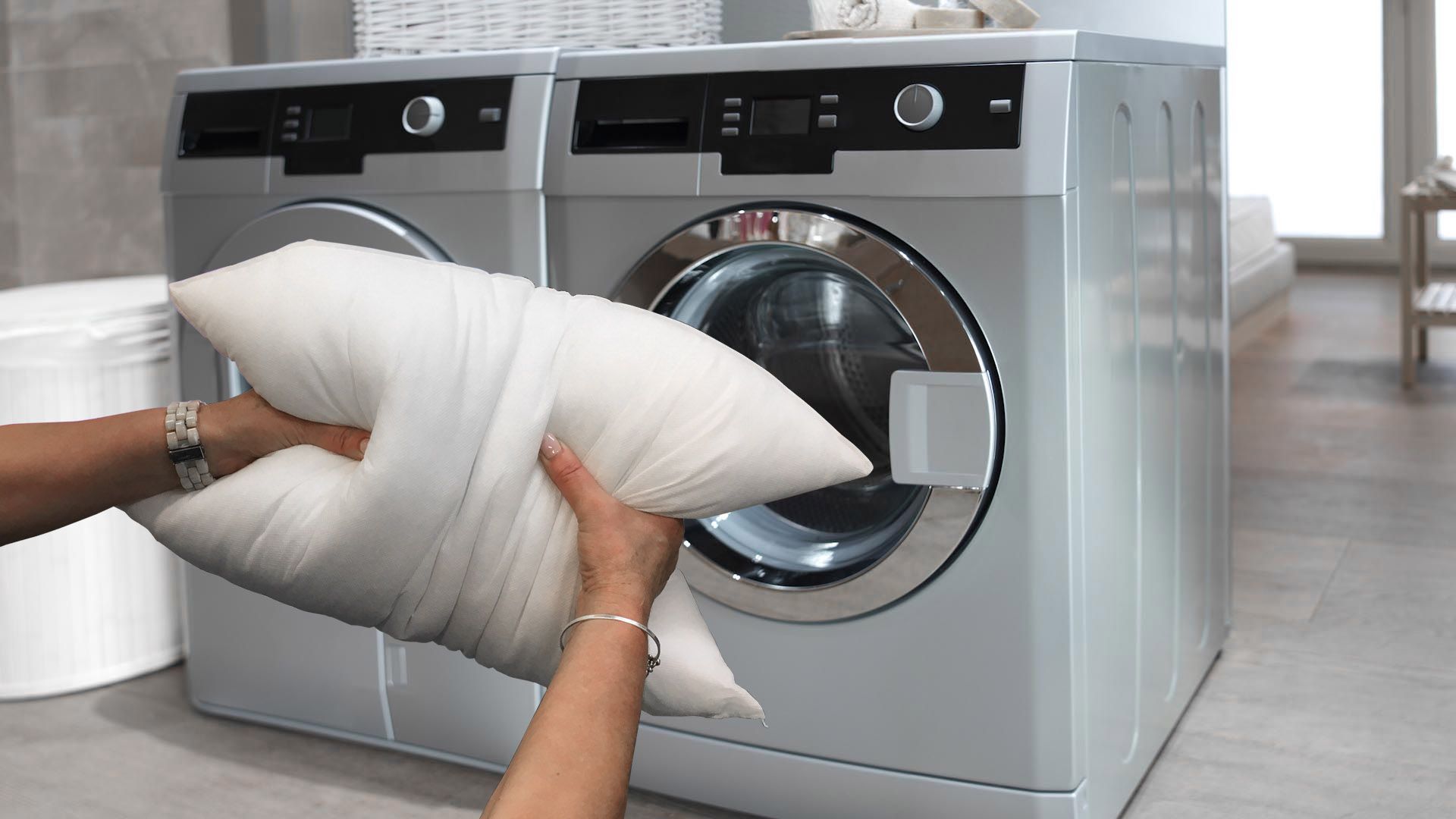
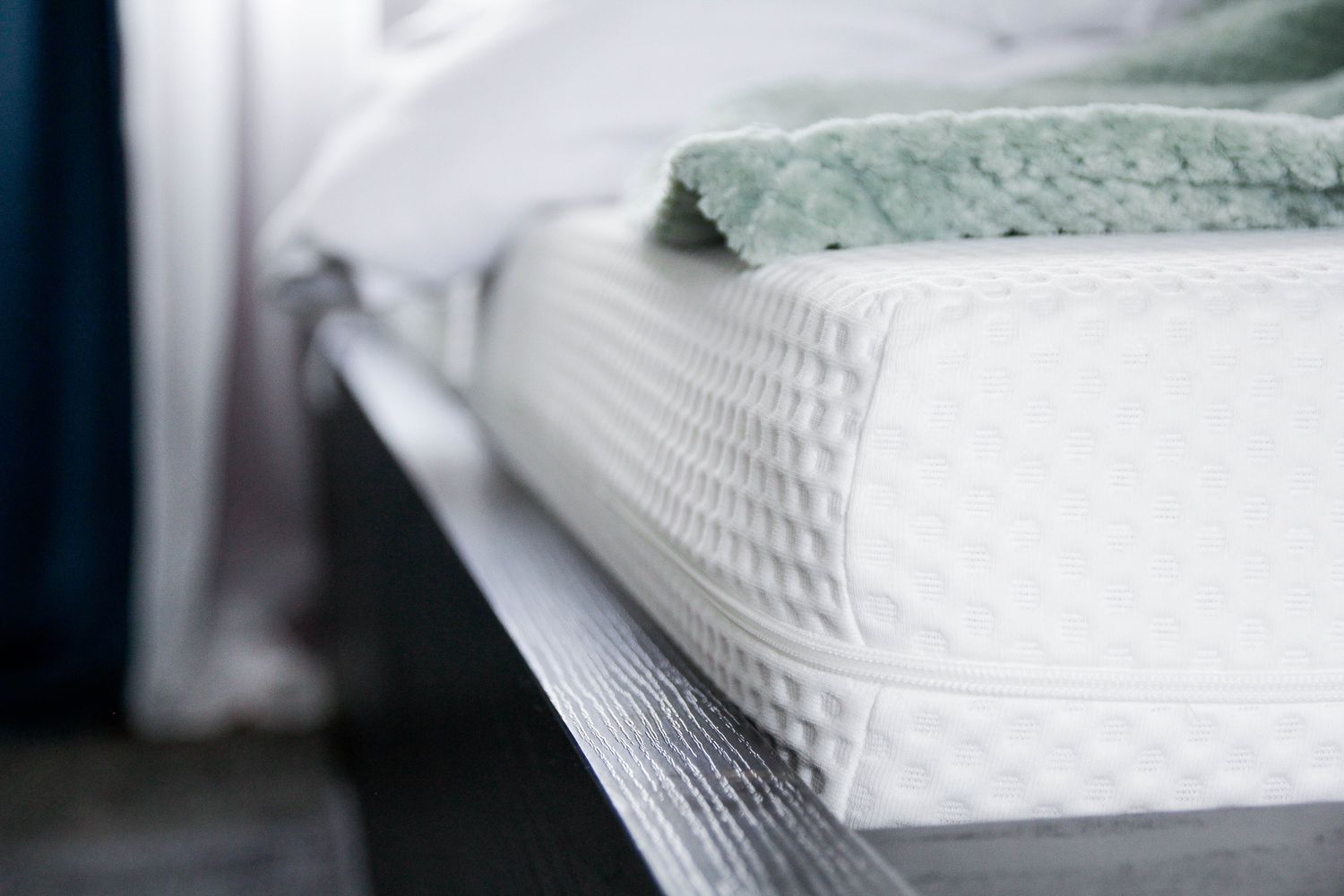
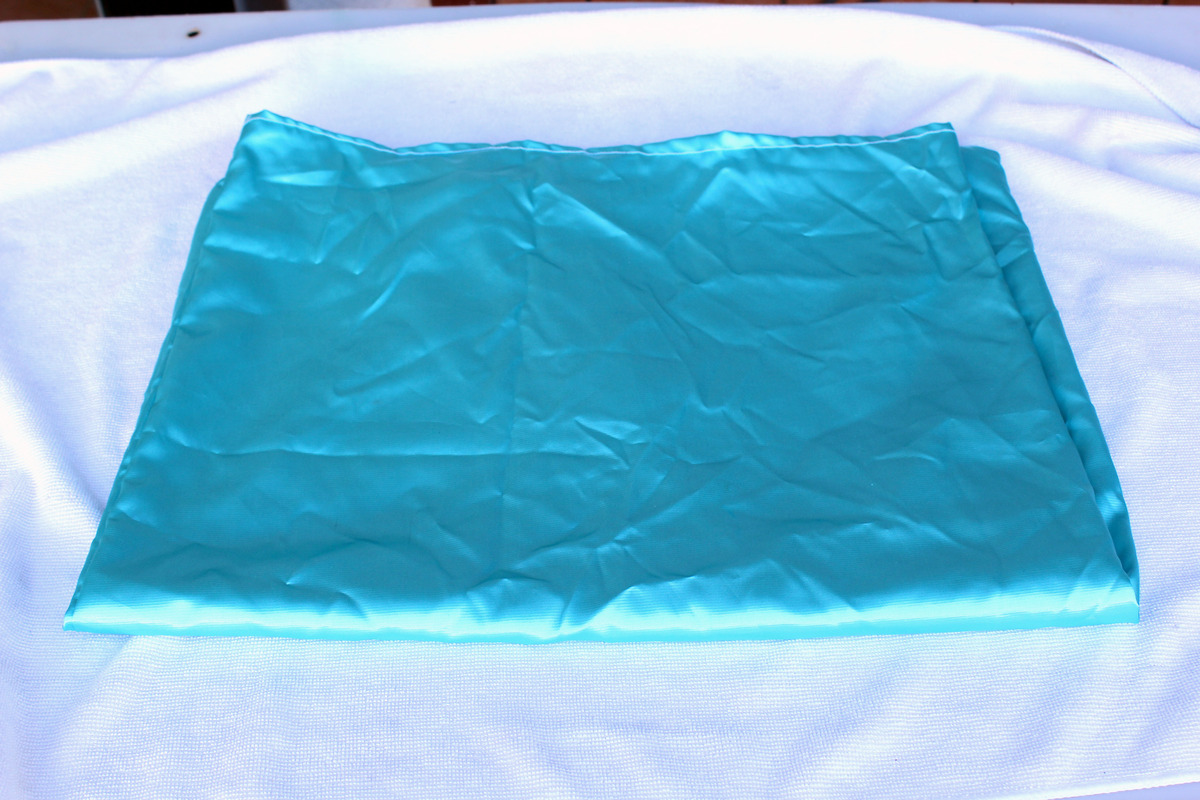
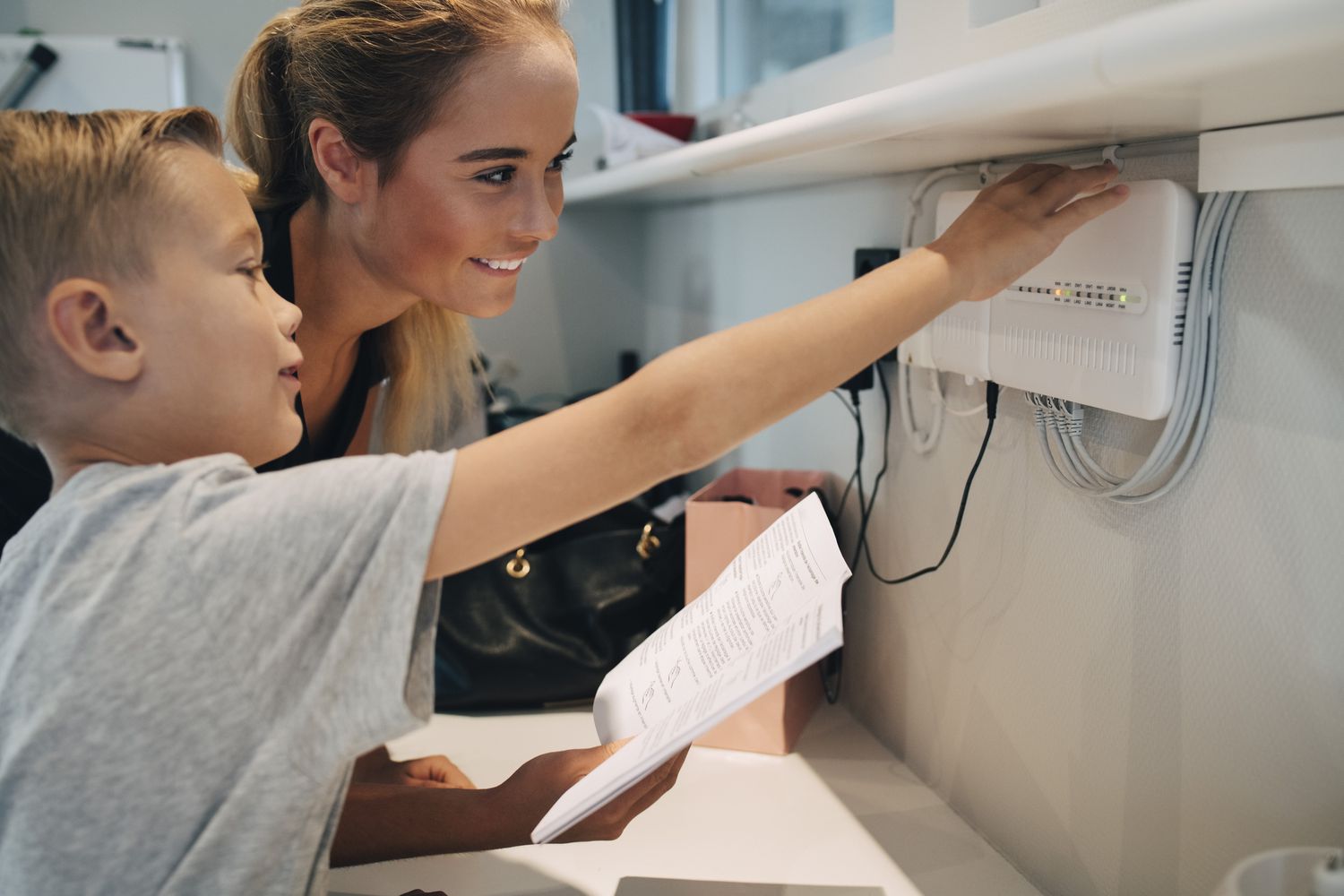

0 thoughts on “How Often Should I Change My Pillowcase For Acne?”